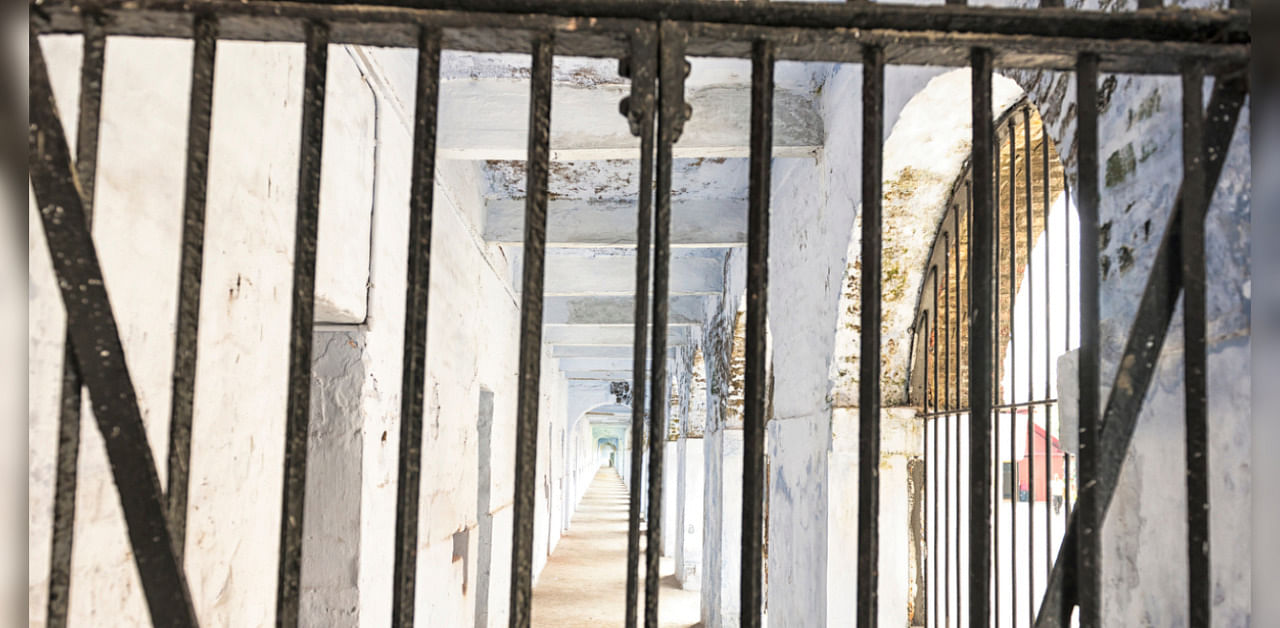
Muslims, Dalits and tribals constitute more than 50% of the prisoners in the Indian jails, which remains overcrowded with latest figures showing that 118-119 people occupy the space meant for 100. Also, more than two-thirds of the prisoners are either illiterate or have not crossed the Class X bar.
The latest Prison in India 2019 report, prepared by the National Crime Records Bureau, once again reinforced the earlier trend that indicated that the have-nots and under-privileged face hurdles in getting out of jails or proper legal remedy.
Among the over 4.78 lakh prisoners, 1,44,125 are convicts while 3,30,487 are undertrials and 3,223 detenues. One of the reasons for the rise in occupancy rate is mainly attributed to the increase in the number of undertrials.
The data showed that 50.86% of the prisoners were Muslims, Dalits and tribals. Dalits accounted for 21.17% or 1.01 lakh prisoners, both convicts and undertrials, while Muslims accounted for 18.26% or 87,421 prisoners. Tribals accounted for 63,028 or 13.61% of the total prisoners.
Activists have been pointing out that the under-privileged face trouble in accessing judicial remedies and their proportion in jails are higher while comparing it with their proportion to population.
While Dalits account for 16.6% of the country's population, the proportion of the SCs in jails are 21.17%. While the tribal population is pegged at 8.6%, their proportion in jail is 11.42%. The proportion of Muslims, who constitute 14.2% of the population, is 18.26%.
The report also said that 34.48% of the Other Backward Classes (OBCs) are in prison while they constitute around 41% of the population.
A religion-wise categorisation showed that 48.18% (2.30 lakh) of the prisoners were Hindus. Of the 1.44 lakh convicts, 1.06 lakh are Hindus. Similarly among undertrials, 2.17 lakh are Hindus.
The report also highlighted that the occupancy rate in Indian jails is rising and it was pegged at 118.5% as on 31 December, 2019 as against 115.1% in 2017 and 117.6% in 2018.
The number of prisoners has increased from 4.18 lakh in 2014 to 4,78,600 in 2019, an increase of 14.4%, while the number of jails saw a decrease of 2.7%. However, the capacity of inmates witnessed a rise of 13.2% -- from 3.56 lakh in 2014 to 4,03,739 in 2019).
This would mean that the occupancy rate of all the prisons at national level has an increase of 0.9% (117.4% in 2014 to 118.5% in 2019), the report said.
"Overcrowding refers to the situation in which more inmates are staying than the sanctioned strength. In recent years, it is one of the biggest problems faced by prison inmates. Overcrowding results in poor hygiene, lack of sleep etc. Keeping in view the human rights of the prisoners, it is essential that they are given reasonable space and facilities in jails," the report said.
Among the states, Delhi has the highest occupancy rate (174.9%) followed by Uttar Pradesh (167.9%) and Uttarakhand (159.0%). Karnataka's occupancy rate is at 101.4% -- 14,515 prisoners occupy the space available for 14,315.
Uttar Pradesh has reported the highest number of prisoners (1,01,297) in its jails contributing 21.2% followed by Madhya Pradesh (44,603), Bihar (39,814), Maharashtra (36,798), Punjab (24,174) and West Bengal (23,092). These six states alone contribute around 56.4% of total prisoners in the country.
While the number of prisoners were rising, one worries the administration is that the jails are still under-staffed. Against a sanctioned strength of 87,599, the actual strength of staff was 60,787.
